Cultural fluency: thriving in a diversifying world

This article was written by Benjamin Davison.
Our world today seems profoundly shattered. Conflict and strife dominate headlines; politics have become radioactive. As our culture has grown and diversified, many seem to have struggled with the change. There is a growing sense among almost everybody that we’ve been played: that perhaps some elements of our cultural or societal problems have been engineered and exploited by nefarious actors for dubious purposes. How can we overcome these divides and bridge the gaps between us to become a more harmonious society, one where our differences make us stronger instead of tearing us apart?
It would seem that the world needs people who can help us come together and find common ground despite our differences. We need to put aside our strong opinions, our memes, and our slogans for a few minutes and regain control of our thoughts. It’s too easy to see an idea, internalize it, and share it without ever taking the time to evaluate what we’re doing critically. Modern technology has awakened some of the worst latent instincts in human beings and figured out how to profit from confirmation bias. If we want the world to change, we’re going to need to take the time to see the world from the perspective of others.
So how do we do that? Where do we begin? For the average person, nothing has prepared us to tackle massive societal and structural problems like this. Even worse, our social milieu — the groups of people we surround ourselves with — may frown upon attempts to change minds or perspectives, viewing them with suspicion or even hostility. Indeed, it seems like our cultural divide might soon evolve from a crack to a chasm and that the deck is stacked against change. Is there even a point in trying anymore? Should we just abandon hope and embrace a world of rage?
Descending into madness is certainly an option, but it’s not a very good one. Human beings have their flaws, but we have also been gifted with the unique ability to think in abstract terms. We can imagine what it is like to be someone else. We can put ourselves into hypothetical situations and think our way through them. And it is this capability that can save us. Hope may seem distant, but it isn’t gone. Relearning our critical thinking skills and challenging ourselves to think outside of our biases and comfort zones can help us understand one another and build back the sense of community, trust, and belonging that is absent today.
Melvin Gravely is a specialist in mediation, advocacy, conflict resolution, and human relationships. Born in Canton, Ohio, Gravely has dedicated his life to learning how to help people get along despite their differences. His expertise in human relationships and conflict provide a rich source of knowledge for these fractious times. Gravely’s idea is that the key to getting along and functioning as society continues to grow and diversify is a skill called cultural fluency.
Cultural fluency
American culture has often been described as a melting pot. Think about all the different people you know and all the different backgrounds they come from. You may have a neighbor whose ancestors are from Poland and another from Paraguay. Your boss’ great-great-grandfather could have been born into slavery. Your own family likely has a complicated and interesting legacy, whether your predecessors came on the Mayflower, entered through San Francisco or Ellis Island, or lived here before Europeans arrived. Despite this massive diversity of backgrounds, cultures, religions, ideas, and norms, we’re all enmeshed in this American experiment together. For our society to survive, we need to find a way to live harmoniously despite our differences.
Maybe that sounds like an absurdly naive, highfalutin notion that is desperately out of touch with how we live today. But the simple truth of the matter is that our society, and those of us who live in it, cannot function without some degree of harmony. We must be able to connect with people who are different from us in some way. This isn’t just an abstract requirement: we’re not saying, “Oh, wouldn’t it be nice to get along.” This is a real-life, relevant requirement for anything to function. Gravely reminds us that engaging with other people is a core requirement of society. If we can’t connect to people who are different from us, we can’t lead a business or an organization. We can’t sell people products, provide them with healthcare, teach them, or do business with them. The advancement of any objective requires that we be able to get along harmoniously with other people, and in a society that is getting more and more diverse, that requires cultural fluency.
Cultural fluency is a simple notion: it’s the idea that we should be able to see something from someone else’s point of view. We don’t even necessarily have to like their point of view or agree with it; we just have to acknowledge that it exists. Healthcare workers are often trained to be sensitive to norms of other cultures. In some Caribbean cultures, it’s common to anoint the sick or ill with oil to help them heal. Some people might view this practice as ridiculous or stupid, but that is unhelpful and divisive, especially in the context of healthcare. Viewing such practices through a “traditional” western lens could lead to thinking of Caribbean cultures as less than or inferior to others. But take a moment to view it from their perspective: anointing a sick relative may be a religious experience. It may help the patient and their family feel closer to God or specific saints. It may be a way of connecting, expressing concern, sharing love. Ultimately, it harms nothing and taking a moment to view this practice through the eyes of another drives understanding and connection between us. Cultural fluency is the ability to step back and take off the blinders of our own experiences and cultural norms and to see the world through the eyes of another. It helps us build harmonious relationships with other human beings, which in turn helps everybody thrive. Learning the art of cultural fluency can help us climb out of the canyon of discontent that our modern society has fallen into.
Structural divides
In the immortal words of the Talking Heads, well…how did we get here? How did our society go from a melting pot to a shouting match? Gravely has identified three main reasons for our collective descent into hooliganism: structural gaps, a growing distrust of authority, and a feeling that we are being exploited. These divides are all related to one another. Gaps in access to human services make it hard to believe that the authorities care about people. If you’ve ever had a major surgery and still faced a hospital bill for thousands of dollars, or if you’ve ever paid your taxes fairly but found the quality of your local infrastructure wanting, you have felt the pain of a structural gap. When you experience this feeling, it makes you wonder: do the people in charge of this even care? After careful analysis, many people might conclude that no, the authorities don’t really care, as long as they get their money. This cynicism eventually breeds a feeling that one is being exploited, that one’s time and money are being mined by the wealthy like a rich mineral deposit or any other extractable resource. Indeed, some people might argue that it’s hard not to feel alienated, detached, and exploited in today’s world.
Social media and the gradual siloing of America into echo chambers inflames these feelings and makes it hard to see things any other way. If you express an opinion on social media, the algorithms will show you similar opinions because you’re likely to engage with them. Unfortunately, much of the content you’ll see has been simplified down to a meme or a simple phrase that neglects to convey the nuances and details of any given socioeconomic condition. Is it really true that, for example, migrant workers are simultaneously stealing our jobs and not working? Is it really true that billionaires are parasites on society, even though Amazon and Tesla are changing the way we live? The algorithmically automated selection of simplified content sharpens our opinions and exacerbates our existing tendency toward confirmation bias, our human tendency to favor information that confirms our current beliefs.
Regardless of our specific political leanings, the genuine gaps in our society and the ability of social media to divide people have led to unprecedented conflict and strife in modern America. Millennials on Facebook casually and half-jokingly share memes about the upcoming civil war. Families have splintered over political divisions. The very basis of reality seems subject to partisanship and divisiveness. These conditions make it impossible for us to communicate effectively. The structural problems in our society have become very real social divides.
Gravely’s proposed solution to our current social condition is deceptively simple: to overcome division and learn to get along, we have to make a commitment to learning about other people. We fear that which we don’t understand: someone with a different background than you might speak differently, wear different clothes, or eat foods you consider unusual. Their mannerisms or language might seem frightening or threatening, even if there’s no ill intent in their actions. Exposure to other people gives us a chance to learn more about them, which in turn helps us become more comfortable with them. Learning how to explore our differences in an engaging, open, and safe way will repair our ability to connect to one another.
Restoring critical thinking
Practical critical thinking is the ability to apply analytical skills even when engaged in a discussion that may feel very emotional. The best way to engage, according to Gravely, is to ask one specific question: where did you get that? When someone makes an assumption, asking them, “where did you get that?” provides an immediate reality check. Maybe they have access to different information than you, or perhaps they’re relying on an unconscious assumption to try and understand the world. The process of inquiring about the origins of an idea helps us discern whether we’re acting on rational, factual information or on some kind of unconscious assumption. You might assume, for instance, that a poor family just needs to work harder or find better jobs to improve their circumstances. Where did you get that idea? Did you assume they’re lazy or ignorant? What if they’re working as hard as they can, doing their best under difficult circumstances? Is “work harder” really a valuable piece of advice for someone in poverty? Critically analyzing our ideas helps us form a better understanding of reality and begin to develop empathy for others.
Why does this matter? In order to correct the gaps in our society, we must be able to communicate honestly with people who are different from us. We have to find constructive ways to challenge the assumptions of others, but in return, we must prepare for them to challenge us. This can be very difficult: for many people, a challenge to their ideas feels like a challenge to their ego. That feeling of being attacked can lead to hostility and defensiveness. You must be willing to accept that it is valid for other people to question your ideals so they can understand them better.
Uncomfortable or not, it’s important to question assumptions. Where did we get our ideas from? Are we even aware of our implicit assumptions? It’s easy to overlook our own biases. It’s much harder to have them questioned by someone else. But fact-checking is essential. If someone told you to invest money in an Egyptian business because they read something on Facebook, you’d probably ask more questions before you wrote a check. But if someone told you they heard on Facebook that Egyptians do this one neat thing, you might not give it a second thought. Our ideas can come from unexpected places, and we operate with many untested assumptions. Cultural fluency means acknowledging that our experience is incomplete and being open to learning from others.
What we need here is an argument
To better understand other peoples’ perspectives, we need to be able to see an argument from both sides. Modern arguments are distilled by social media and sound-bite-hungry pundits into an oversimplified bullet point devoid of nuance, which is neither healthy nor helpful. Developing cultural fluency means learning how to expand and argue an idea in a constructive way without relying on talking points or slogans. Ideally, an argument would be more of a debate between two perspectives, with both sides presenting their opinions and supporting information.
For an argument to be informative instead of inflammatory, it must be a meaningful dialogue. One side must listen while the other educates; the roles then reverse. The parties don’t interrupt, bicker, shout, or hurl invective at one another. They don’t deliberately misunderstand, troll, or gaslight their opponents. Instead, they listen, think, and answer in helpful and explanatory ways. Gravely encourages us to dig into the why behind arguments, with questions like “Why do you think that?” Or “Why do you think that’s the case?”
An example of Gravely’s technique in action is asking a question like: why are some movies labeled as “black movies” when other movies aren’t labeled as “white movies?” If “Fresh” or “Da 5 Bloods” are labeled as “black movies,” why aren’t “War of the Worlds” or “Gone” labeled as “white movies?”
This might seem a trifling point but Gravely raises an important question. Why are some things — usually black things — labeled, but other things aren’t? And doesn’t this just perpetuate the divide by reducing exposure across cultures? How many white people can honestly say that they’ve experienced a “slice of life” show with black characters whose personality isn’t built around blackness being different from whiteness? How many characters like that even exist in popular media? Gravely gives the example of the movie “Love Jones,” which is a traditional love story — except the characters are black. It likely wouldn’t occur to the average white viewer to watch this movie, even though the story is human and relatable! We’ve been programmed not to cross certain lines, which limits our exposure to people who are different from us.
In some ways, this inability to cross lines relies on an implied assumption of cultural superiority. “Don’t listen to rap music” implies that something inherently black is bad, mostly because of its blackness. How many “white” songs are about murder, drug use, shady sexual practices, and other unsavory content? More than you might think, yet rap is portrayed as somehow more violent and explicit. If white people dropped their pretense of cultural superiority enough to listen to music that might be considered “black music,” they’d probably be surprised to discover that its good and they like it.
A practical guide to saving the world
One of the most meaningful ways to develop yourself is to make an effort to truly become culturally fluent. Our world is divided across so many lines and factions that it can sometimes feel like Hobbes’ “war of all against all.” Now more than ever, cultures are meeting, mingling, evolving, and growing. Getting to know someone from a different background than you might not save the world, but engaging with other cultures and doing what you can to help people from different backgrounds live in harmony is a noble pursuit. Gravely gives three practical pieces of advice to people who want to become culturally fluent and help the world move toward a brighter future. First, educate yourself. Second, develop empathy. Finally, challenge yourself to be better.
Educate yourself
A lot of the strife and difficulty we see in the world is rooted in simple ignorance. People operate under blanket assumptions about people who don’t live in the same cognitive landscape that they do. A contemporary example is the removal of Civil War-era statues from many metropolitan areas. To some, this is a jarring change in their cognitive landscape: the statues represent history and exist to honor war dead. This is not necessarily an incorrect cognitive map. However, to another person, a statue honoring a Civil War general might imply that the local citizenry wishes the war had turned another way. It might imply that the area is still unsafe or unwelcoming to people of color or that there is honor in fighting to preserve the institution of slavery. This cognitive map is also not necessarily incorrect. However, in our current world, a nuanced discussion about radioactive topics like these is nearly impossible because people stubbornly refuse to entertain a view of the world that differs from their cognitive map. This phenomenon is amplified by the echo chambers of social and traditional media.
When Gravely says to educate yourself, he doesn’t mean to go to college and get a degree in sociology or cultural studies. He means that one should learn how other people from a different place in life see the world. The friendly police officer that a white suburbanite sees might be a menacing or threatening presence in a different neighborhood. The black man sitting on a stoop might be concerning to a white person from a different area, even if he’s just minding his business and enjoying his day. Seeing the world from someone else’s perspective helps us understand where these divisions come from. Why do some people see the police as friendly, and others see them as scary? Why are some people unconsciously afraid of people of color? Where do these notions come from, and how do our daily lives reinforce them or challenge them? Thinking about complex and detailed issues in this way is essential if one wishes to evolve their cognitive landscape to become more culturally fluent.
The cultural norms and barriers that influence us are usually both unconscious and deeply ingrained. What can we do to change the situation? Can we learn to share across cultural lines and lose our fear of that which is different? We can, but it takes sustained willful effort. Learning cultural fluency is not like flipping a switch: there’s no certification in cultural fluency that guarantees your competence when interacting with people who are different from you. Instead, cultural fluency requires a steady diet of other cultures. Including the music of another culture on your playlists and rotating movie and TV selections across arbitrary cultural lines is a great way to experience the everyday from another perspective. Watching “Sabado Gigante” or “Godfather of Harlem” or “Friends” isn’t going to make you an expert on someone else’s culture or their perspective, but it will expose you to new and exciting things that may be outside of your normal boundaries. Seeing other cultures represented in a new way can help you learn to change your perspective, or even just gain an appreciation for something new and enriching.
Gaining exposure to other cultures sounds like a lofty goal, but it can be as simple as changing your lunch routine. Go to a new restaurant in a different neighborhood: try the seafood restaurant in the black community or head to a restaurant where they mostly speak Spanish. Changing your routine, changing who and what you’re exposed to, makes you wiser. Exposing yourself to new cultures and new experiences is essential to developing cultural fluency. Being able to approach these experiences with an open mind and without hurtful intentions or judgment is a crucial skill if you wish to learn and grow in a diverse world.
You also must be willing to accept yourself for what you are. You might feel uncomfortable in a new environment. If you’re the only white person in the restaurant, you may begin to feel as though you’re attracting attention. You might become acutely aware of some ingrained stereotypes: maybe you’re afraid of black men or worried that the Asian waiter won’t understand you. Direct exposure to diverse environments not only provides new experiences and perspectives: it can help you become aware of your own assumptions. It’s easy to see other people as blanket stereotypes or caricatures: any American who was alive in the post-9/11 era remembers the rampant stereotyping and fear of Muslim men that reared up in the wake of the attacks. But judging a Muslim man for the actions of a completely different Muslim would be like judging a random white Englishman for any of England’s myriad of historical abuses.
Gravely explains that the key to truly overcoming these ingrained ideas is to talk to people who are different from you. More than talking to them, it’s important to befriend them. Making friends across cultural lines helps us realize when we’re succumbing to a larger narrative: too often, people are lumped into categories and demographics and turned against one another. Getting to know different people helps us feel empathy for them. And that’s the second key idea to developing cultural fluency.
Grow empathy
Empathy is the ability to see things from another person’s perspective instead of just your own. If you’re in line at Starbucks and it’s a twenty-minute wait, and the cashier seems abrupt, it’s easy to become annoyed. Many people even become rude or demeaning to others in these situations because they are incapable of seeing beyond the short-term needs of their own ego. And to some extent, social norms reinforce this idea: there’s a perception among the public that customers deserve prompt, attentive, and courteous service. On the other hand, if the store is short-staffed and there are only two people working the breakfast rush, the cashier and barista are probably feeling overwhelmed, stressed out, and anxious. Empathy helps us identify these feelings in others and respond in pro-social, helpful, or kind ways rather than in aggressive, mean, or hurtful ways.
In other words, empathy is the ability to understand that the world is bigger than your perspective and that other people are also human beings who have feelings, emotions, and needs. In an increasingly egotistical and self-absorbed world, it’s easy to assume that our needs and perspectives are all that matter. But a moment of thinking reveals this to be an absurd notion: other human beings are living beings who are also experiencing feelings and emotions. They are also experiencing the world, and while their experiences might be different than ours, they’re no less valid.
This insight can help you not be a jerk to the barista, but it can also help you live a more empathetic life in the broader world. It’s easy to assume that everybody has had the same opportunities and experiences as you, especially when you’ve enjoyed a relatively privileged life. But that’s simply not the case. If you grew up attending public schools in a wealthy suburb, you got a very different public school experience than someone who attended under-funded and poorly resourced public schools in an inner-city or an impoverished rural area. Your experience is not the only valid one, and learning to be open to the experiences of others helps you develop an empathetic mindset that enables you to forge a real and meaningful relationship with someone from another culture. It might seem absurd to some people not to trust a banker, for example, but others may have experienced cons or been swindled or abused by financial institutions, leading them to distrust. There is more than one experience of the world.
There are three primary ways to cultivate empathy in your life. The first two will sound familiar to you: spending time with people who are different and exposing yourself to novel and different cultural ideas. Hanging out with your co-worker from India and watching a few Bollywood movies is a great way to expose yourself to a new and different culture (unless you’re also from India and already enjoy Bollywood movies, of course). Spending time with people from different races, social classes, and economic backgrounds helps you cultivate an appreciation for the rich variety of life experiences that people have, which is a key building block of empathy.
The third way to cultivate your empathy is to engage in mindfulness meditation. How does this improve empathy? First, mindfulness meditation is a process designed to enable people to experience their thoughts without being bound by them. This helps us analyze our perspectives, thoughts, and ideas from a new perspective. It may help us uncover unconscious biases or assumptions that are affecting how we see the world. Maybe we internalized some of Grandpa’s racist behaviors, or we make assumptions that poor people just aren’t working hard enough. Maybe we’ve had negative experiences with one or two individuals that have led us to generalize about an entire race, profession, or religious group. Mindfulness meditation, where we passively observe our own cognition without judgment, helps us to see these thought processes in work — and identifying these thoughts is the first step toward understanding them and understanding how they affect us when we experience cultural boundaries.
Challenge yourself to be better
Gravely’s final piece of practical advice for those who want to be more culturally fluent is to challenge yourself to be better. It’s easy to see the problems of the world and go, “Man, that’s heavy!” Before moving on with our lives and doing nothing. But even if we can’t change the entire world, we can change the parts of it we interact with by simply being better people. We can treat others as equals even if we were raised to see them as inferior, thus breaking the intergenerational propagation of prejudice. Being kind to people you interact with regardless of their race, age, gender, economic status, or other arbitrary categories is a good way to start improving the world.
Cultural fluency can be spread from one person to another. If you decide to break the tradition of your WASP-y in-laws and be kind to the brunch waitress, your behavior may influence those around you to be kinder. When you have a full-on conversation with your co-worker or neighbor who comes from a different background, you’re building relationships across the invisible lines that our world likes to create between people.
Really, the crux of cultural fluency is learning to be better. Breaking the chains of judgment and prejudice and learning how to engage with other cultures helps you grow as a person. Ultimately, Gravely says, “cultural fluency is about learning how we can build a world that we all want to live in, because we all do live in it.” We should learn how to empower one another and provide for everybody: even if my neighbor is different from me, I should want him to be able to eat a good dinner and live a good life. Spending time with different people, learning about different cultures, and broadening your horizons will help you develop cultural fluency and build the tools you need to thrive in a diversifying, changing world.
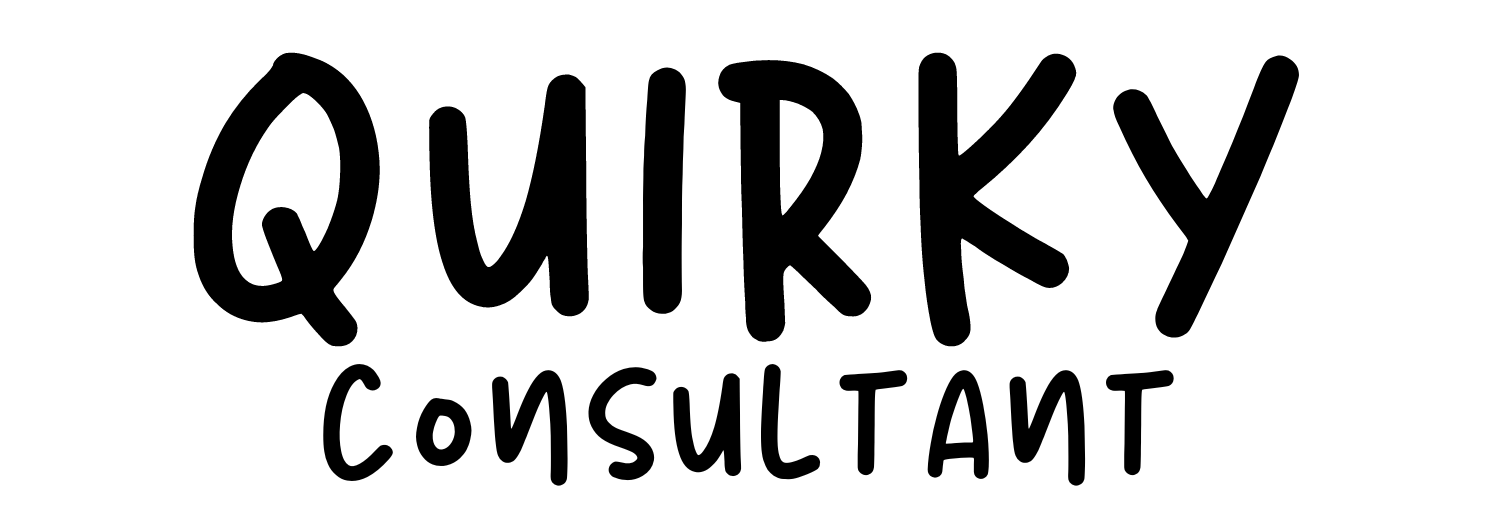
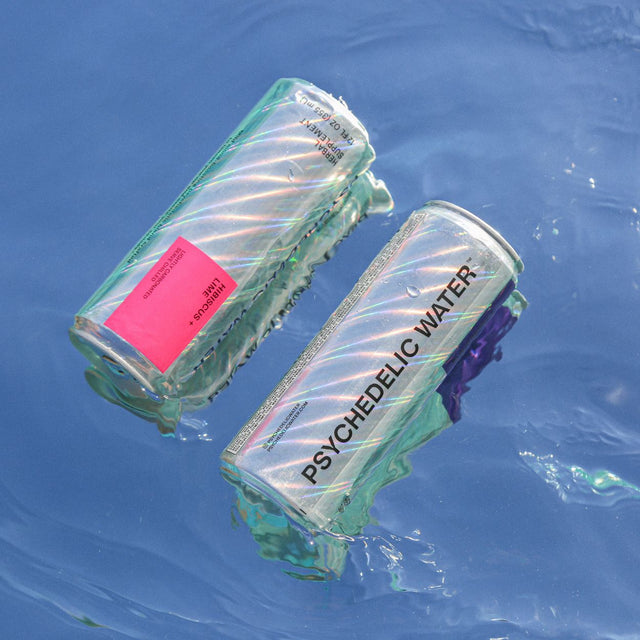
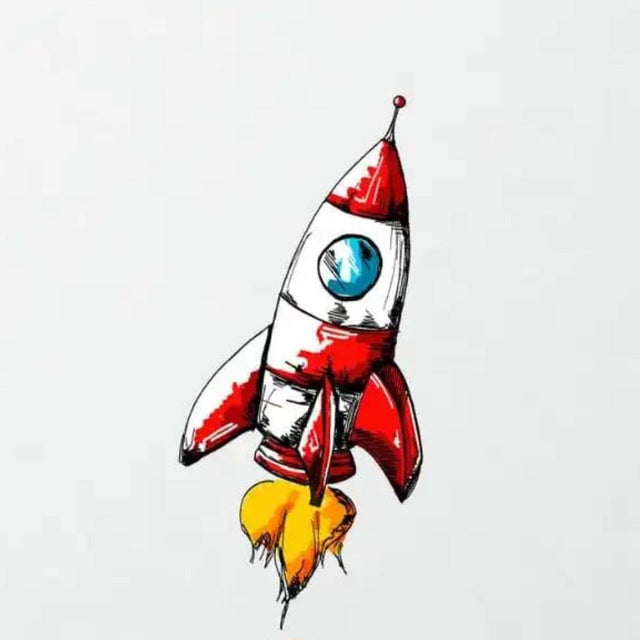
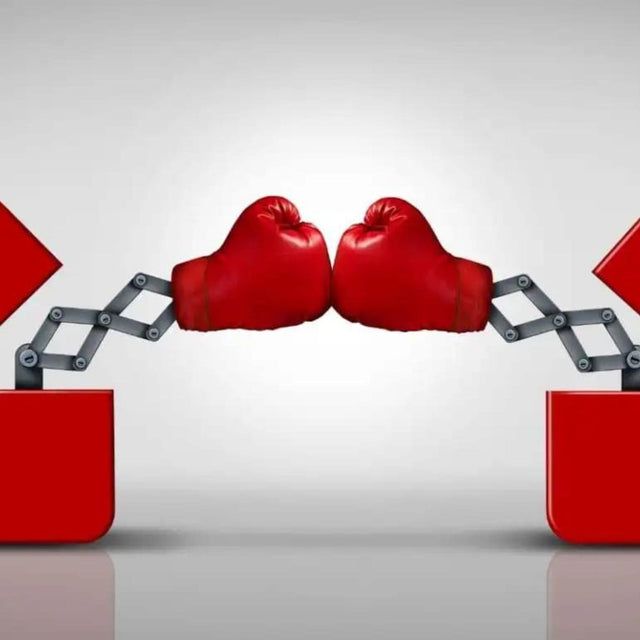
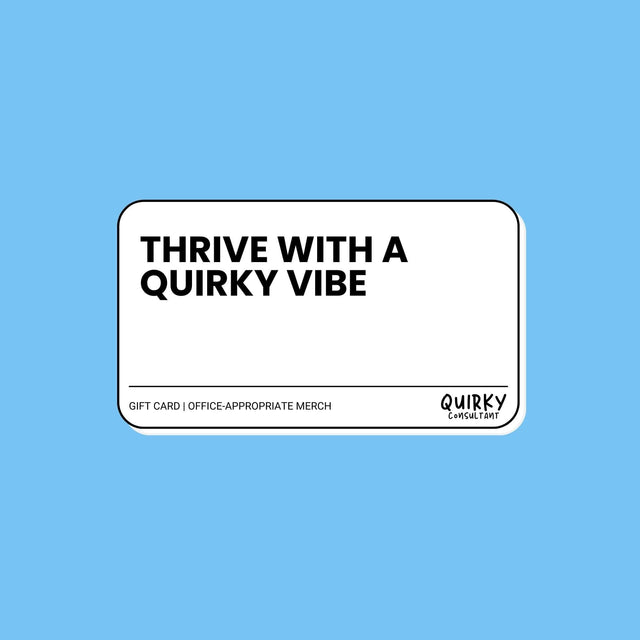
0 Comments
Nobody's told us there thoughts about this article. Tell us yours below.